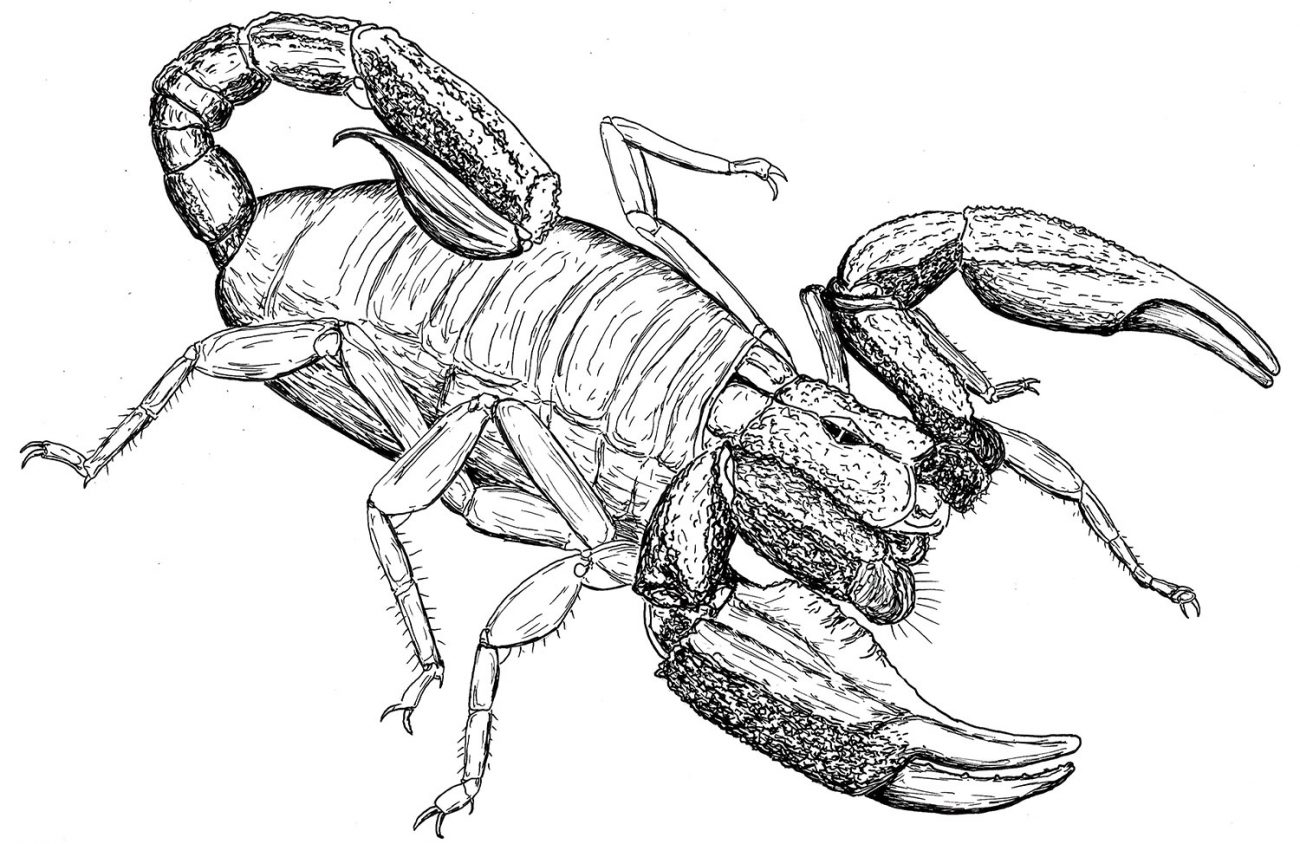November is a month delivering as many changes as any other of the year. The rainy season arrival usually has started in October, hopefully ending wildfires and bringing on the mushroom season and a luxuriant flush of licorice ferns on bigleaf maples and roadside cliffs. The first hard freeze of the year typically happens around now. Tender garden flowers like zinnias and dahlias get frost bitten and suddenly turn to mush overnight.
Leaves are beginning to fall but most are still hanging on native broadleaf trees at the beginning of the month, gradually turning gold or brown. Among native shrubs, only vine maple and poison oak reliably display bright red fall colors. Come the end of the month, native perennial herbs like cow parsnip, meadow rue, tall larkspur and nonnative poison hemlock emerge from summer dormancy. Their folded leaves unfurl slowly all winter, taking advantage of the leafless trees overhead letting through sunlight, getting a head start on spring blooming time. Even the open areas green up rapidly, a moss turf decorating the aspect of an urban landscape where dry, barren ground dominated summer’s end.
While little mossy plants spread a green velvet coating, many of the little critters are tucking in for the duration. Bumble bees and butterflies hunker down in nests or form a chrysalis in hiding, waiting for spring. Ground dwelling, solitary predators like scorpions hibernate in their refuges under logs or rocks. They could serve well as spirit animals of Trump’s selfish environmental destruction brigade.
David Wagner is a botanist who has worked in Eugene for more than 40 years. He teaches moss classes, leads nature walks and publishes the Oregon Nature Calendar. For information about getting the 2021 nature calendar, contact him directly at fernzenmosses@me.com.
